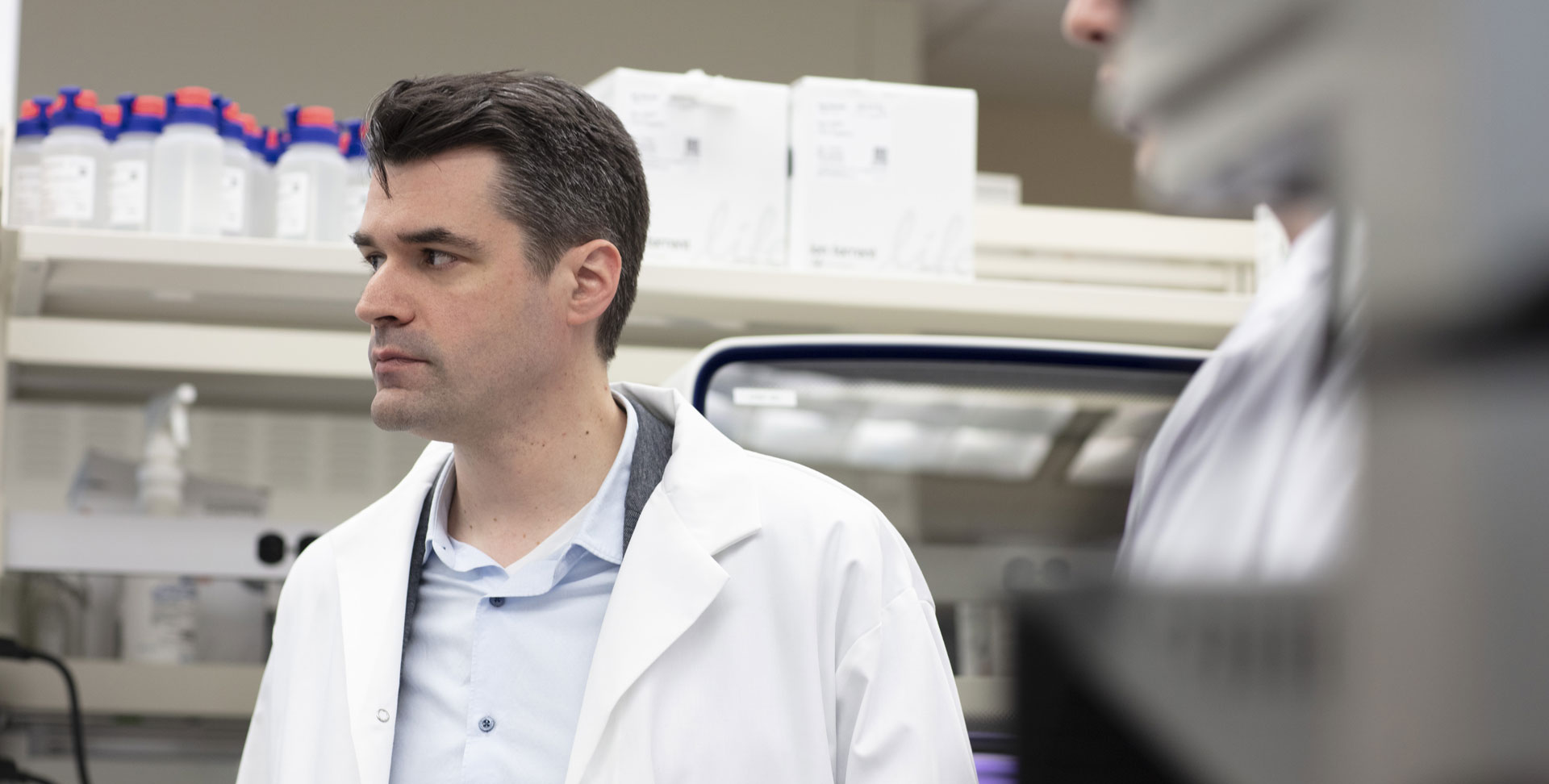
Finding new clues to a deadly heart condition
Dr. Jacqueline Saw has heard too many horror stories: Young women with heart attack symptoms but no risk factors for heart disease, some of them sent home from emergency because, well… they couldn’t be having a heart attack!
The condition is called spontaneous coronary artery dissection, or SCAD. Almost nine in 10 SCAD patients are women, and often they are young and healthy. It strikes without warning, when a tear appears in the wall of a heart artery, blocking blood flow and potentially triggering a heart attack.
Sudi Barre is one of those women. She almost died from a SCAD heart attack shortly after giving birth to her son. Three years later, she lives with lasting damage to her heart.
Dr. Saw, a cardiologist at the University of British Columbia, is driven by the need to understand SCAD. With support from Heart & Stroke donors, she and an international team of researchers have filled in major pieces of this puzzle with a paper published in Nature Communications in September, 2020.
Pinpointing genetic risks
The team was co-led by Dr. Saw and by Dr. Santhi Ganesh, a physician-scientist specializing in cardiovascular medicine and genetics research at the University of Michigan. They analyzed genetic records from patients who had SCAD, looking for common factors. They found seven. The most prominent, a gene called ADAMTSL4, regulates a protein found in the wall of the heart artery – right where SCAD typically occurs.
“I'm really excited about identifying this,” Dr. Saw says. This discovery could lead to understanding how the artery weakens and tears.
From the genetic factors they identified, the team developed what is called a polygenic risk score. After further testing, the score could one day help identify patients who may be at risk of SCAD, Dr. Saw says.
Links to migraine and more
Another finding that intrigued the researchers: their risk score was associated with a lower risk of the more typical type of heart attack — where cholesterol plaque builds up to narrow or block an artery.
“One way to look at it is that what puts one at risk for SCAD seems protective against atherosclerotic disease,” Dr. Ganesh says.
The researchers also showed that SCAD shares some genetic risk factors with other conditions. These include fibromuscular dysplasia or FMD, and migraine headaches. Dr. Ganesh says the shared vascular biology of these conditions will be further investigated.
Dr. Saw adds: “Currently when we see patients with SCAD at our clinic and in the hospital, we routinely ask them whether they have migraines and do they hear swishing in their ears, for instance, because these are features linked to SCAD patients and to patients with FMD.”
Next research targets
Dr. Saw has learned a lot over the past decade from building a database to ultimately include 3,000 patients in the Canadian SCAD study, which is supported by Heart & Stroke donors. “Without this funding, we would not have been able to launch this very important genetic study,” she says.
She will continue to follow these patients to study their risks and outcomes. And she wants to focus on women like Sudi Barre, who experience SCAD after giving birth. “They tend to be a lot sicker and have a larger heart attack,” says Dr. Saw. The team is actively recruiting women who experienced post-partum SCAD.
Meanwhile, the researchers are working on more collaborations, combining data from larger groups of SCAD patients, to tease out more of the complex genetic risk factors behind this disease.
The goal, eventually, is to prevent SCAD before it strikes.
- Learn more about SCAD
- Read Sudi Barre’s SCAD story


